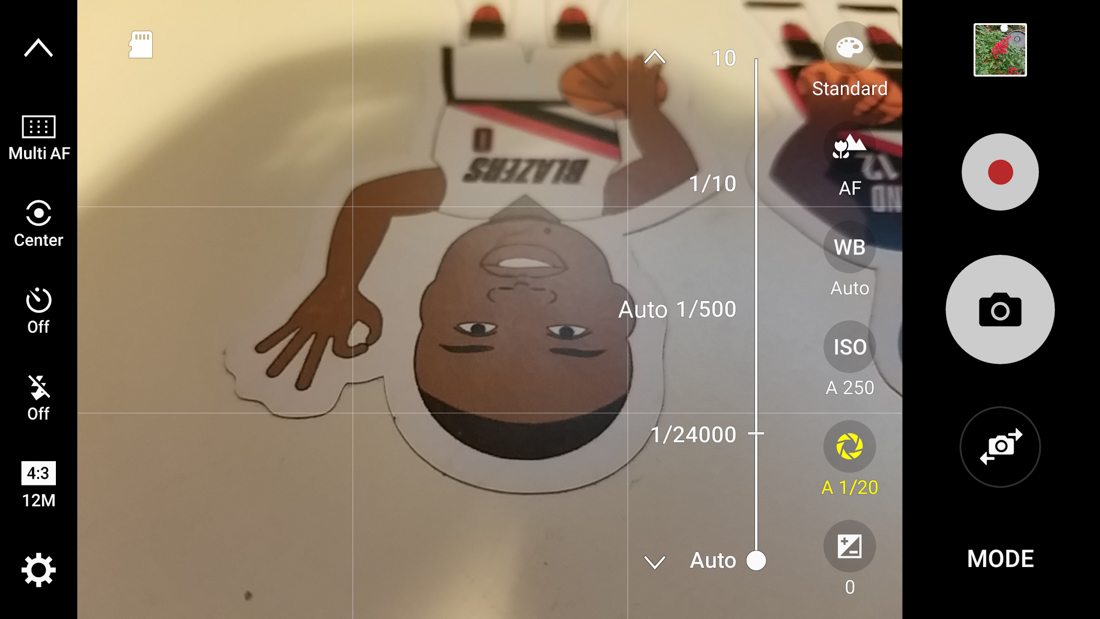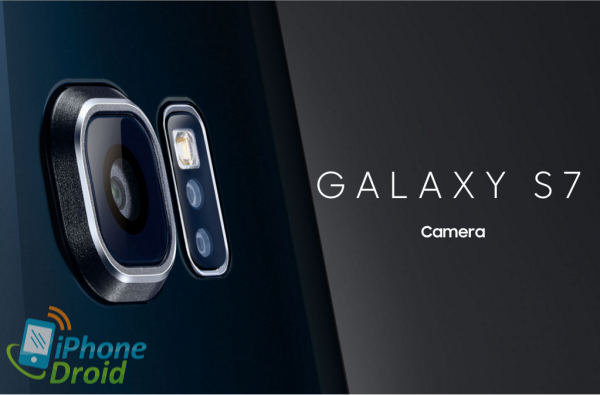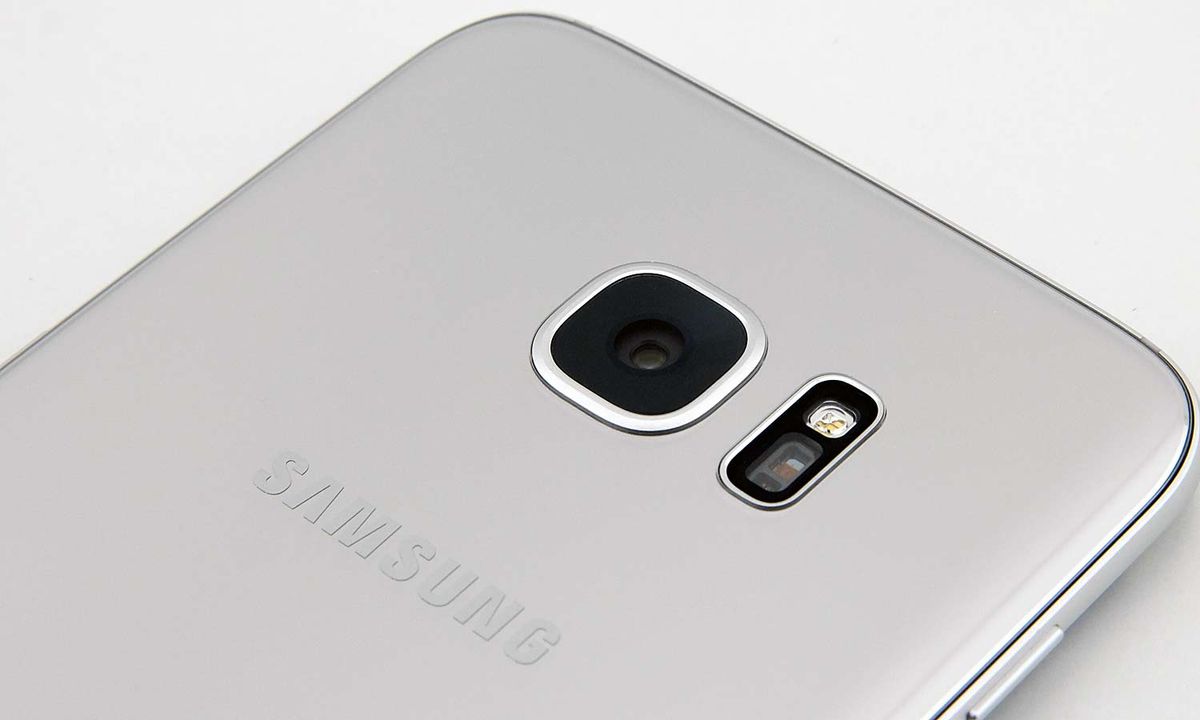

If we used the iPhone and Pixel at 1x, there’s hardly any depth of field effect at all, unless the environment and subject are exactly right. The Tecno’s photos are all shot at 2.5x, as this is when the Portrait Camera pops out of the phone, while the Mate 50 Pro’s photos were shot using 1x or 3x zoom in the camera app.
Galaxy s7 camera bokeh pro#
Most of the photos taken with the iPhone and the Pixel 7 Pro were shot using the optical zoom modes, which emphasizes the depth of field effect. How we took the photos you’re about to seeīefore we look at the photos, there are a few things to know. Neither the iPhone nor the Pixel have these custom lenses, so you either have to rely on the main camera to create a bokeh effect, or resort to the digital portrait mode. To use Tecno’s special portrait lens, you just tap a button - it’s really that easy. If you don’t know, then it requires some experimentation. Huawei’s system is far more complex than Tecno’s, and it really needs an understanding of how an aperture works and the effect it has on your photos. You can also adjust the zoom level up to 3x to emphasize the effect. When you select Aperture mode, a slider appears to vary the physical aperture between f/2.0 and f/4.0, and between f/1.4 and f/2.0 using the virtual aperture. To use the Tecno pop-out camera, you just select the 2.5x zoom mode in the camera app, but the Mate 50 Pro’s adjustable aperture works more like a Pro mode. The Tecno Phantom X2 Pro has a pop-out portrait camera with a large f/1.49 aperture that’s ready to take photos with a deep, natural depth of field. The Huawei Mate 50 Pro has a manually adjustable aperture, where you can vary the main camera’s aperture using a slider control in the app between f/2.0 and f/4.0. I found a phone that fixes the iPhone 14 Pro Max’s biggest flaw This phone just ruined the iPhone 14 Pro and Samung Galaxy S23 Ultra for me Note that we used the Samsung Galaxy S7 edge for this test, but the smaller Galaxy S7 has the exact same camera, so conclusions here are valid for both devices.I’ve used an iPhone for 14 years. We'll see how it performs against the competition.

It has fairly big pixels (1.34µm), but no dedicated flash like some mid-rangers have. HTC's "world's first" claim is about the selfie camera - it equipped the 5MP shooter with optical image stabilization of its own. Samsung, meanwhile, introduced Dual Pixel AF, which is the best autofocus system we've seen yet - in good and bad light. The HTC 10 also has Laser AF but brings no major innovations on the focus front. There are also things like Laser AF and a color spectrum sensor. The LG G5 keeps the resolution higher - 16MP - and relies on the f/1.8 aperture and OIS to keep the quality up in the dark. Then there's LG, which picked up the dual-camera idea that HTC dropped, but is using it for something more exciting than digital bokeh - the wide-angle 135° camera has a much more meaningful impact on photography. The Nexuses (5X and 6P) have 1.55µm 12MP cameras (but the HTC 10 has a brighter aperture and OIS), the Samsung Galaxy S7 and S7 edge have 1.4µ pixels and a slightly brighter aperture (f/1.7 vs. The bad news is that this isn't so exciting because of HTC's slowness. They may not be 2µm pixels like before, but are 1.55µm big. 4MP were never going to cut it, not even in 2013, but now 12MP seems to be the sweet spot.

The big news with the HTC 10 is that UltraPixel has been resurrected and the second generation promises to fix the mistakes of the first. We've prepared a detailed text article complete with full-res camera samples and all, but if you are more into video, you can also check out the video version of this camera shootout embedded below.

LG G5 party, though, so let's have a do-over!
Galaxy s7 camera bokeh upgrade#
Cameras are just about the only thing in a smartphone that gets a meaningful upgrade each year and we keep a close eye on that.


 0 kommentar(er)
0 kommentar(er)
